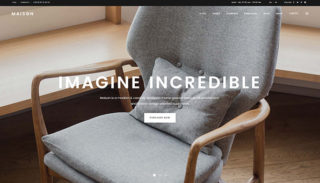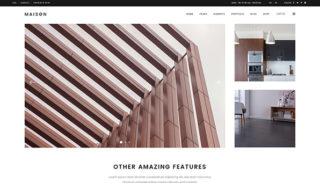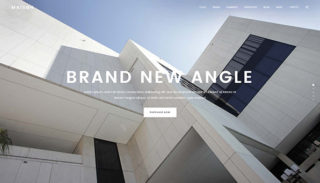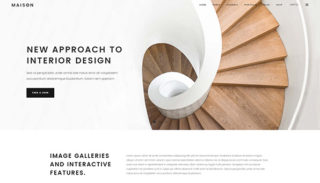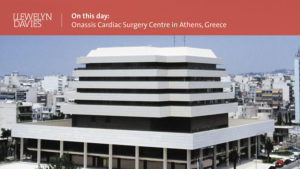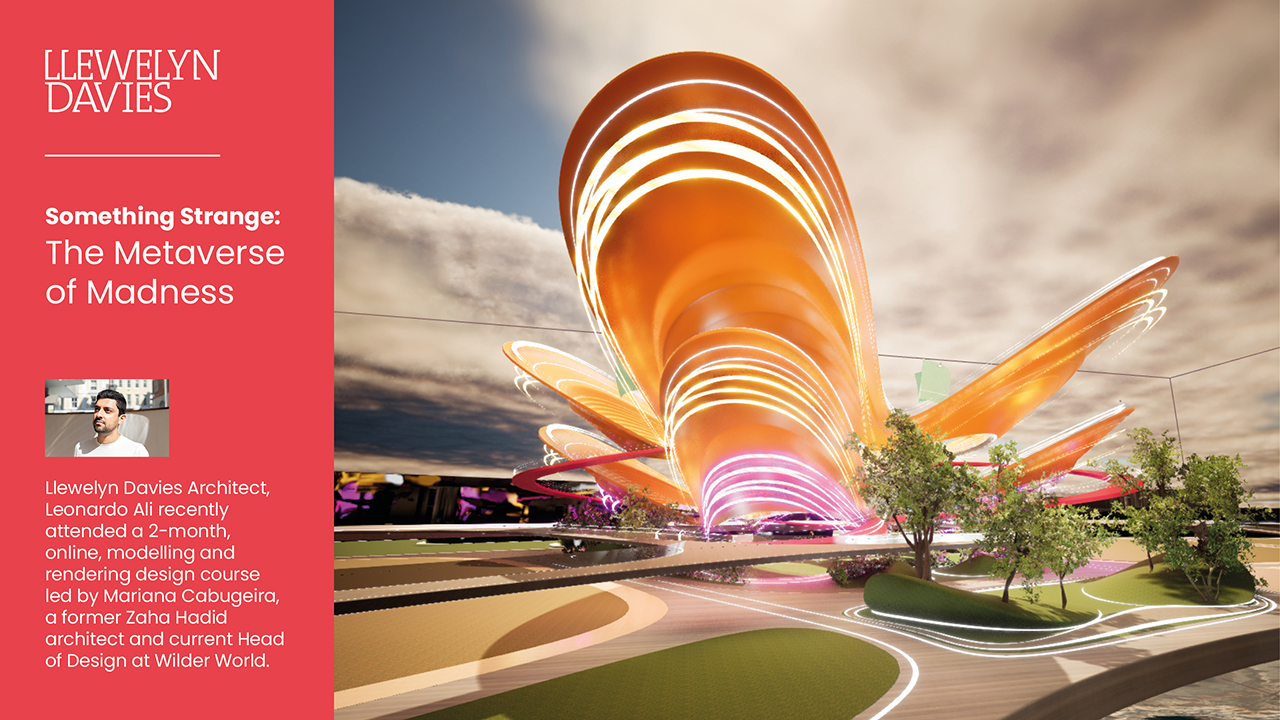
Something Strange: The Metaverse of Madness
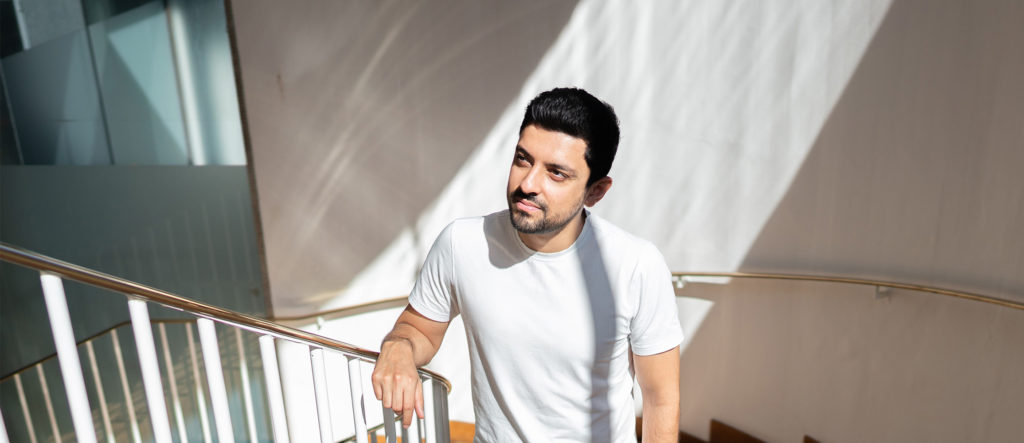
Llewelyn Davies Architect, Leonardo Ali, recently attended a 2-month, online, modelling and rendering design course led by Mariana Cabugeira, a former Zaha Hadid architect and current Head of Design at Wilder World. 30 individuals from different companies around the globe were split into teams of 3. Each group was required to work on a separate project and used Autodesk Maya and Unreal Engine software, to collaborate, design, model and create a digital space that could be used in a virtual reality setting – a complete masterplan of unique digital-world building typologies.
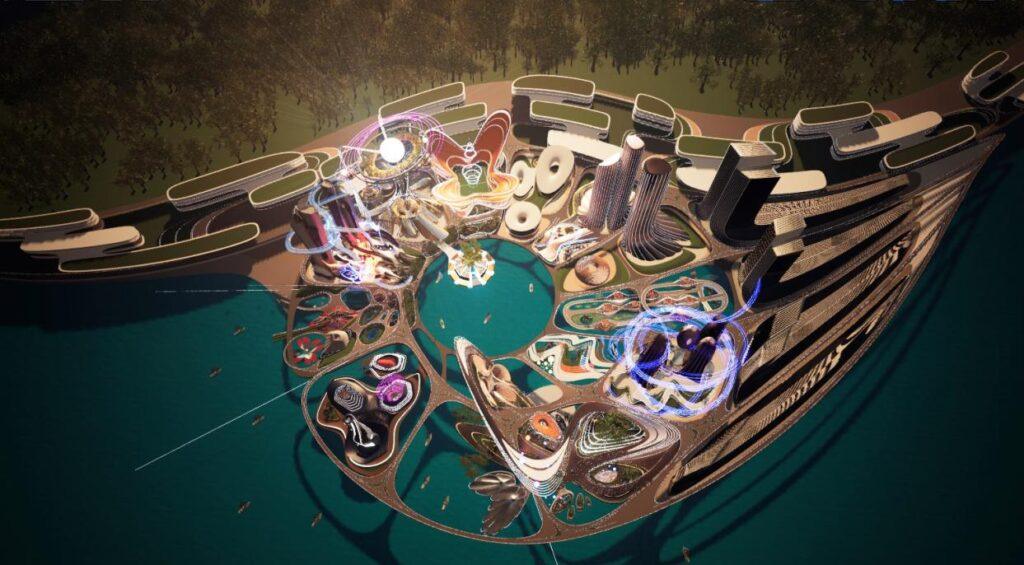
© PAACADEMY – Studio Mariana Cabugeira
The latest technology buzzword, The Metaverse, represents a universal digital platform that allows for an immersive experience shared by multiple users connected through the Internet. Social media companies have taken the initiative to drive these virtual worlds to login with a profile such as an ‘avatar’ allowing one to connect with friends, shop for products and play games.
Leo’s team contribution to the Metaverse was the design of a stadium, as part of a multi-author masterplan dedicated for the Metaverse. The stadium was designed to be used in either a player or spectator capacity, similar to real-life stadia, but ensuring that the stage platform could be converted for other uses – sports, games or performances.
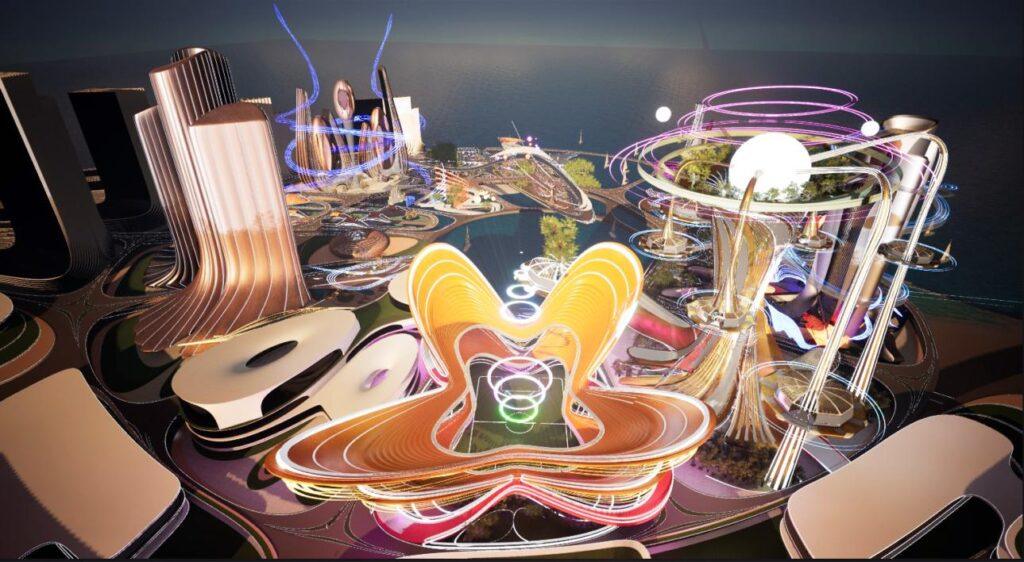
© PAACADEMY – Studio Mariana Cabugeira
Apart from focus on design in a world not bound by physics, the basis of the course was to learn new software that could be used for future development of architectural design concepts. The explorative form-finding and real-time rendering encouraged an iterative design approach, producing futuristic images to help us understand the validity of our ideas.
The training allowed us to utilise software traditionally applied to the gaming industry, to be applied in the architectural profession.
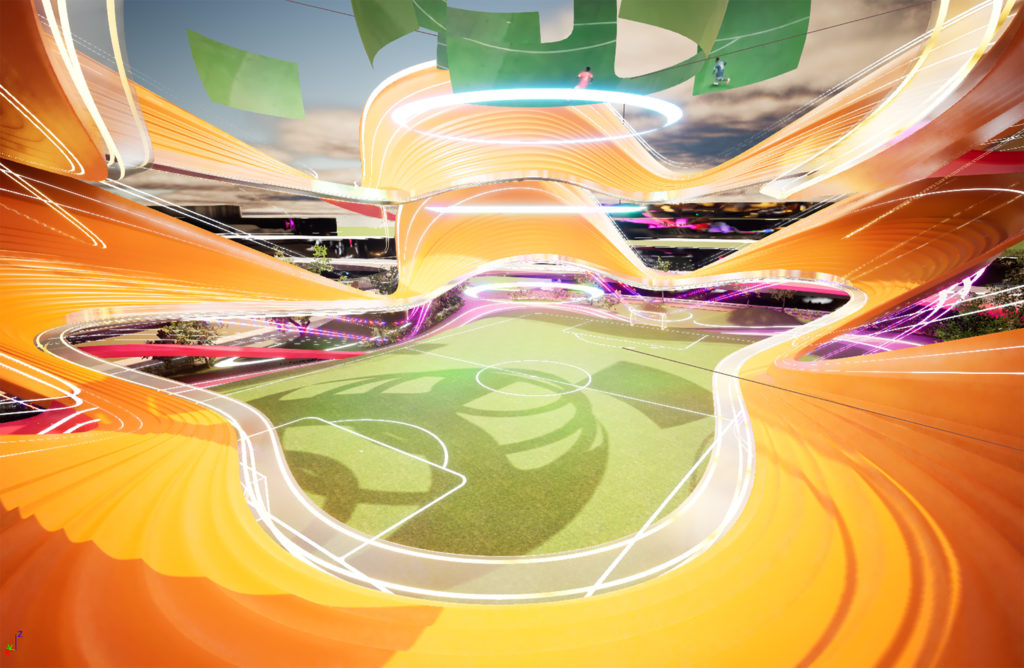
As architects we are required to engage in the design and construction of a new or an existing building. In recent years, new industry technologies have emerged such as Modern Methods of Construction (MMC) which include modular, off-site fabrication, use of precast elements and volumetric construction. These alternative software tools are an example of Modern Methods of Design that allowed our team the opportunity to explore in developing our concept
Learning about and using emerging techniques is key to the future design of unique, progressive and sustainable buildings. Combined with the ability to render projects efficiently and quickly and produce high-quality still images and virtual reality representation, affords a greater understanding of design for clients and other stakeholders.
The renders showcase the ability to study the design in both first and third person; an opportunity to develop the design using materials, lighting, and landscape elements, that usually may not be immediately understood without wider design coordination and visualisation.
The next steps are to apply these elements to BIM protocol, and ensure we model regulatory-compliant schemes to take our clients on the journey as we develop the design.
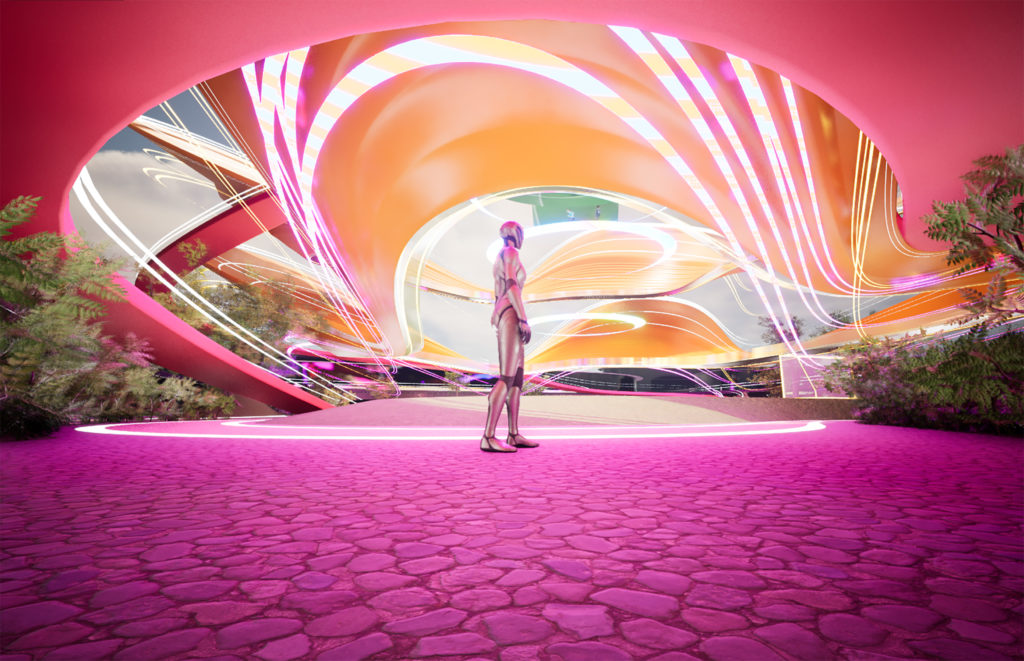
Computer Generated Images (CGI’s), animations, virtual or augmented reality and development of BIM models will aid the design process and ensure that it evolves through to construction. A fully coordinated model, complete with clash detection will be a requisite for major contractors as they visualise the completed building, using these tools.
Further information on credits, the design process and more visualisations can be found in the following link:
https://parametric-architecture.com/a-virtual-entertainment-hub-meta-stadium-offers-dreamy-experiences-as-a-player-spectator/

